FILM SCORE PROJECT:
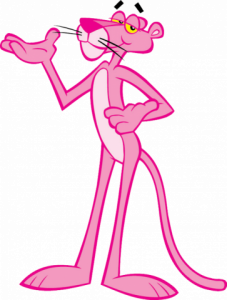
Working with a partner, create a soundtrack in BeepBox that fits with your assigned film clip.
Click here to find your film clip.
After your music is done, copy the URL for your beepbox composition and click here to submit it.
Once Mr. Martin has music for all the video clips, he will put them together into a finished movie.
Tips:
Try using one iPad to play the video while creating the music on another. If you time it right, you can start both at the same time to preview how they will fit together!
Make sure your music is the same length as the video clip. If it is too short, the end of your video will be silent. If it is too long, the end of your music will get cut off when Mr. Martin puts all the videos together.
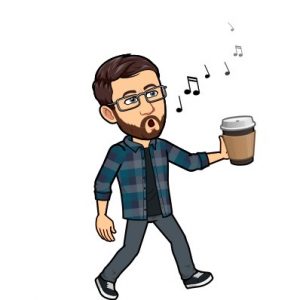
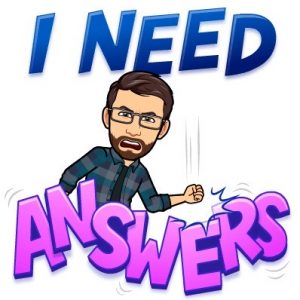
(You will need to be logged in to your outlook email account to access the questions form)

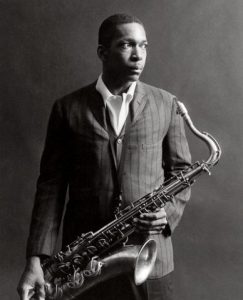
John Coltrane
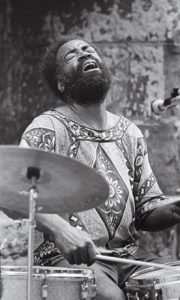
Rashied Ali

Post your answers in a reply in Teams or email them to me.
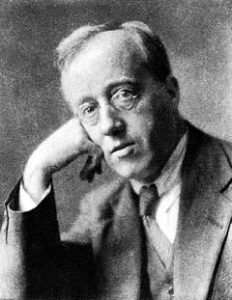 Gustav Holst was an English composer who wrote a very famous suite of music called The Planets over 100 years ago.
Gustav Holst was an English composer who wrote a very famous suite of music called The Planets over 100 years ago.
The Planets was made of of 7 movements (different pieces of music that connect together). Each movement was named after a different planet and a different mood or characteristic Holst associated with that planet.
The Planets was written to be played by a full orchestra. Holst used the different sounds made possible by all the instruments in the orchestra to give each movement of The Planets a very different mood and feeling.

Mars: god of war
The first movement of Holst’s The Planets is called MARS: The Bringer of War. The planet Mars is named after the ancient Roman god of war, which was Holst’s inspiration for the mood of this movement.
Watch this video of MARS: The Bringer of War performed by the National Youth Orchestra of Great Britain (made up of students aged 13-19 years old). Do you think this music is a good fit for a “bringer of war”?
click here for the video if you are having trouble playing it on my website.

Venus: goddess of love
The second movement is called VENUS: The Bringer of Peace. The planet Venus is named after the ancient Roman goddess of love.
Watch the same orchestra perform VENUS: The Bringer of Peace. What differences do you notice between this movement and the first one?
click here for the video if you are having trouble playing it on my website.
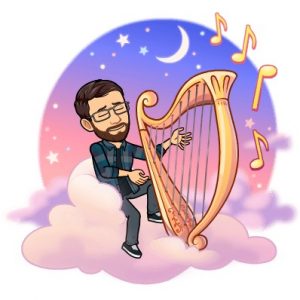 Listening Questions: Please answer these in Teams or in an email to me.
Listening Questions: Please answer these in Teams or in an email to me.
If it is helpful for question #2, here is a website to review the instruments of the orchestra: https://www.mydso.com/dso-kids/learn-and-listen/instruments
If you are feeling super keen or just need an excellent soundtrack to put on while doing your other homework, here is the complete performance of all 7 movements of The Planets by Holst, plus an extra movement for Pluto written over 80 years later by another composer named Colin Matthews: https://www.youtube.com/watch?v=be7uEyyNIT4
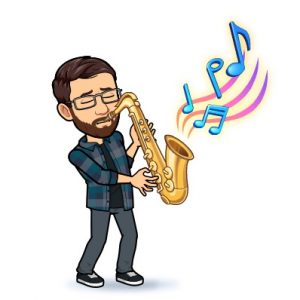 Obective: write at least of verse of your own blues lyrics, and submit to me on Teams or by e-mail.
Obective: write at least of verse of your own blues lyrics, and submit to me on Teams or by e-mail.
Bonus: record yourself singing your blues
Due: Tuesday May 26
Many of you have learned a little bit about blues music before. This week, we will be following a lesson from the website MusicPlay to write our own blues lyrics: https://musicplayonline.com/modules/grade-6-lesson-4-blues/ the worksheet on step 5 is optional, but make sure to watch the bonus video by pressing the orange button in step 6.
The core element of most blues lyrics is an A-A-B pattern, meaning that the first 2 lines (A) repeat while the 3rd line (B) says something new. The ends of line A and line B usually rhyme. For example:
A) You ain’t nothin’ but a hound dog, crying all the time
A) You ain’t nothin’ but a hound dog, crying all the time
B) Well you ain’t never caught a rabbit and you ain’t no friend of mine.
Usually the A lines of a blues introduce a problem, and the B line can either makes the problem even worse or offer a solution to how you are going to try to solve the problem. Most blues songs have more than one verse. It is also ok to write blues form lyrics that are not about a problem.
© 2025 Mr. Martin's Music Site
Theme by Anders Noren — Up ↑